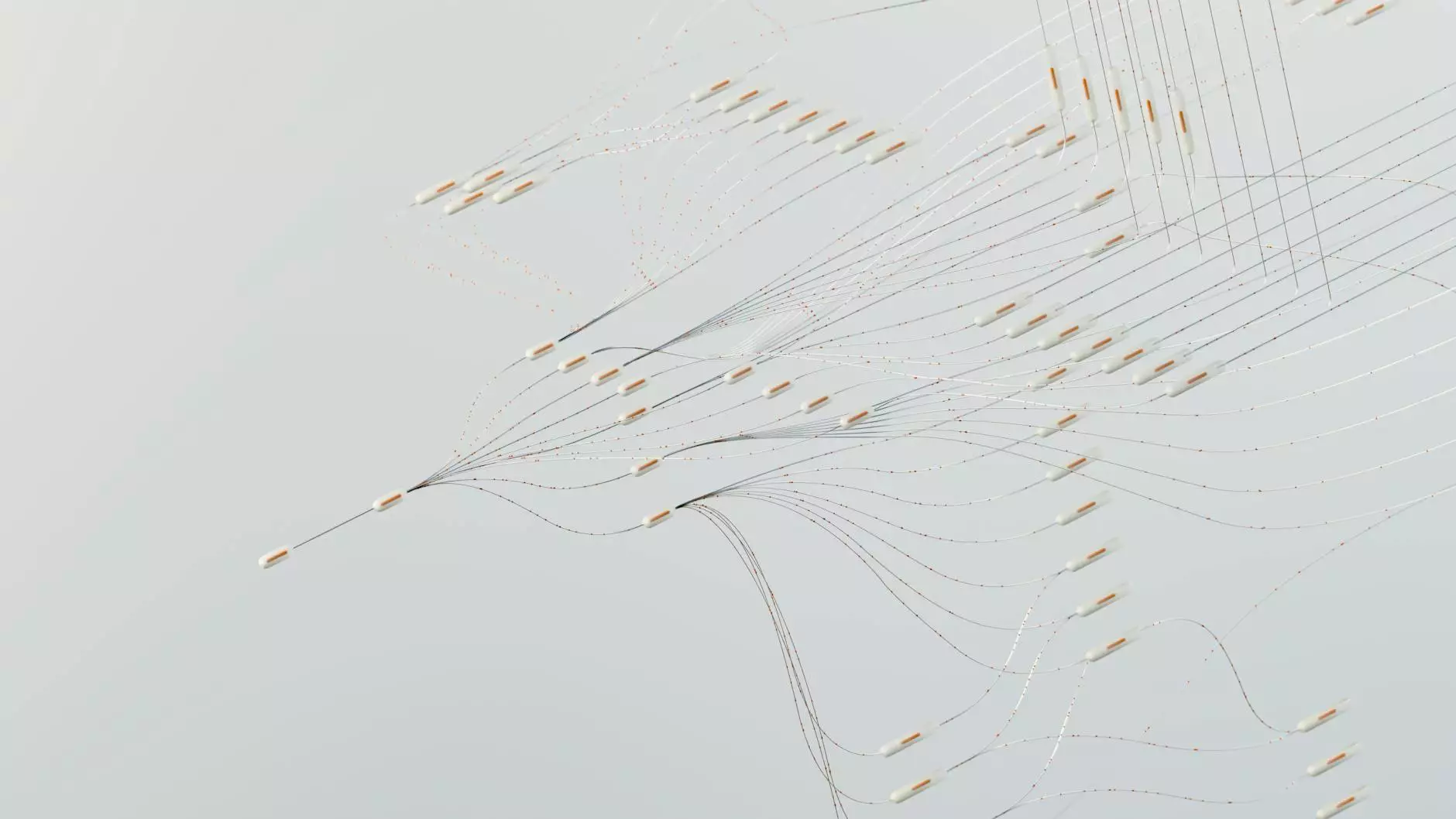The Difference Between BSPP and BSPT: A Comprehensive Guide

Understanding the distinction between BSPP and BSPT is vital for professionals in the plumbing, piping, and fluid transfer industries. These two thread types are widely used for various pipe fittings, each offering unique characteristics essential for specific applications. This guide will explore the nuances of each type, their uses, and why knowing their differences can significantly impact the effectiveness and safety of your projects.
What are BSPP and BSPT?
BSPP (British Standard Parallel Pipe) and BSPT (British Standard Tapered Pipe) are two common types of thread standards in use worldwide, particularly in the UK and other countries following the British Standards. Both are designed for fittings that connect pipes in hydraulic systems, plumbing applications, and various other industrial tasks.
BSPP (British Standard Parallel Pipe)
BSPP refers to threads that are parallel. The pitch of the thread remains consistent along the length of the pipe. This design allows for fittings to be sealed using O-rings or gaskets, making them suitable in applications where pressure and tightness are crucial.
BSPT (British Standard Tapered Pipe)
On the other hand, BSPT threads are tapered. This means that the diameter of the thread decreases along the length, allowing for a tighter fit as the fitting is screwed into the pipe. Tapered threads seal primarily by mechanical compression, providing a robust male-to-female fit.
Key Differences Between BSPP and BSPT
Understanding the specific differences is crucial for those engaged in system design and implementation. Here’s a detailed comparison:
1. Thread Type
- BSPP: Parallel threads ensure that the fitting remains constant in diameter.
- BSPT: Tapered threads create a conical section that tightens further upon assembly.
2. Sealing Mechanism
- BSPP: Utilizes O-rings and gaskets for sealing.
- BSPT: Relies on the mechanical fit and the tapering of threads for sealing.
3. Applications
The applications of each thread type can differ based on the required connection method:
- BSPP: Typically used in applications where a reliable seal is required without the pressure of compression. Common in systems dealing with low-pressure fluids.
- BSPT: Commonly found in high-pressure systems where a secure, compressed seal is necessary to prevent leaks.
4. Advantages and Disadvantages
Each type has its own advantages and limitations:
- BSPP Advantages: Easier assembly with O-rings, less risk of over-tightening damage.
- BSPP Disadvantages: Not suitable for high-pressure applications without additional sealing measures.
- BSPT Advantages: Form a strong seal ideal for high-pressure scenarios.
- BSPT Disadvantages: Risk of over-tightening leading to damage; requires precise alignment during installation.
Choosing Between BSPP and BSPT
Selecting the right thread type for your project is essential. Consider the following factors:
1. Nature of the Fluid
The type of fluid being transported can dictate which thread to use. For instance, BSPP might be suitable for water or low-viscosity fluids, while BSPT fits better for oils or gases under high pressure.
2. Pressure Requirements
The pressure in your piping system will significantly influence the threading choice. BSPT is ideal for high-pressure applications, while BSPP works well for low-pressure environments.
3. Assembly and Maintenance
Consider the ease of assembly and future maintenance. Parallel threads used in BSPP systems may allow for easier disassembly and reassembly due to the simplified sealing mechanism.
Conclusion
Understanding the difference between BSPP and BSPT is fundamental for ensuring the effectiveness and safety of pipe fittings in various applications. Each thread type offers unique benefits and limitations that should be carefully considered during the design and implementation of plumbing and hydraulic systems. By evaluating the requirements of your specific application, including fluid type, pressure needs, and ease of maintenance, you can make an informed decision on which thread standard to use.
For all your fitting needs, whether it be Tube Fittings, Ferrule Fittings, Forged Pipe Fittings, Threaded Pipe Fittings, Flanges, Check Valves, Ball Valves, Needle Valves, or Manifold Valves, visit techtubes.in. Our selection of carefully crafted fittings ensures that you’ll find the perfect match for your piping requirements.









